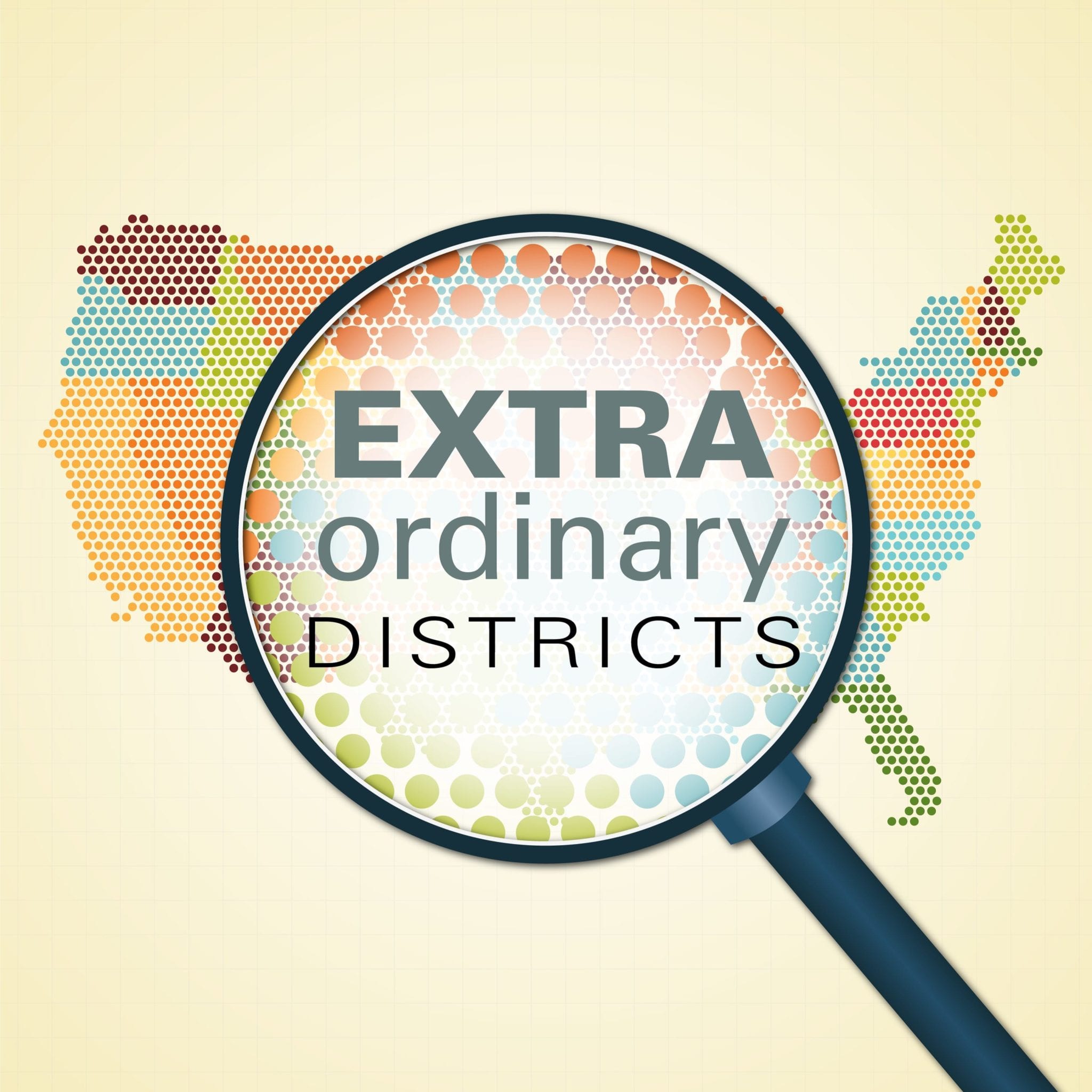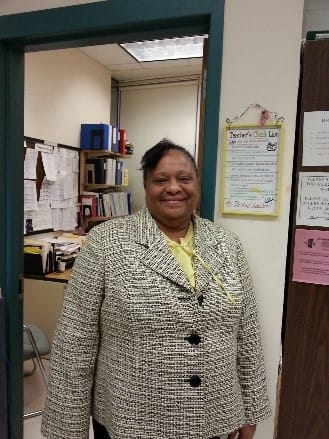 Way up at the tippy top of the country is Lexington, Massachusetts. According to Sean Reardon’s analysis, its third- through-eighth-graders score at a whopping 3.8 grade levels above the national average, way above its nearest rivals.
Way up at the tippy top of the country is Lexington, Massachusetts. According to Sean Reardon’s analysis, its third- through-eighth-graders score at a whopping 3.8 grade levels above the national average, way above its nearest rivals.
In Episode 2 of Extra-Ordinary Districts, we go to Lexington to find out how it became so high-performing.
Part 1: Secrets of a High-Performing District

“Our students were not doing nearly as well as I thought.” – Paul Ash, Lexington superintendent (2005-2015)
Since the 1960s wealthy white suburbs of Boston, including Lexington, have participated in a voluntary desegregation program known as METCO. Most analyses have found that for the most part the Boston students do better than the Boston students they leave behind but not as well as the resident students they join.
In 2006 the new superintendent Paul Ash was shocked to hear just how poorly Lexington’s Boston students were doing.
He commissioned a report by the retiring union president, Vito LaMura, to document the gaps and make recommendations. That 60-page report is known throughout the district as The LaMura Report.
After years of addressing the problem, virtually all students – of every demographic group – were proficient on the 10th-grade state graduation assessment, the MCAS.
Ash was convinced Lexington had done something important and he convinced a skeptical Ron Ferguson, head of Harvard University’s Achievement Gap Initiative, to study what had happened in Lexington. Ferguson’s report, “Narrowing Achievement Gaps in Lexington Public Schools,” confirmed that Lexington had closed the proficiency gap between white and Asian students on the one hand and African American and Latino students on the other. A gap at the advanced level, though narrowing, kept Ferguson from declaring that all achievement gaps had closed. Still, he said, “By the proficiency metric, they had closed the gap.
In parts 2 & 3, we look at how Lexington closed its gaps and in the process became the top-performing district in the country.
Part 2: Where Do You Start? Everywhere!

Vito LaMura, author of The LaMura Report
In Janary 2008 Vito LaMura’s report laid out the extent of the problem. Lexington then set up a large committee of teachers, administrators, and parents and they developed a laundry list of programs to try, many of them focused on increasing the instructional time available for the students who traveled in from Boston as part of the METCO program. There were tutoring programs, after-school enrichment, and other ways of helping students.
METCO parents, such as LaDawn Dubose, worried that the focus on the low performance of METCO students would be used as an excuse to eliminate the busing program altogether. But she and other parents were also surprised that until the LaMura report exposed the achievement gaps within the district that such a highly regarded school district had had no system for identifying students who needed extra help and getting them that help.
Meanwhile, Paul Ash had instructed all teachers in the district to collaborate on “action research” projects as advocated by educational consultant Doug Reeves. This had thrown many teachers into a panic because they didn’t understand how that was supposed to help them do their jobs better.
All in all, two years into Ash’s superintendency, Lexington was a very unsettled district.
Part 3: Building a Learning Community
In the beginning of his third year, Paul Ash pivoted from focusing on the students coming in from Boston to focusing on any student who was lagging behind.
Key to that shift was developing professional learning communities (PLCs). The originators of PLCs, Richard and Rebecca DuFour, provided training to the district, as did researcher Richard Marzano. The focus of the district gradually morphed into a focus on improving the knowledge and expertise of the adults in the buildings and school leaders helping teachers make better instructional decisions.
Carol Pilarski, the assistant superintendent, led the work of completely transforming Lexington’s professional development system. Today Lexington’s teachers and administrators share their expertise in regular “Lexington Learns” sessions.
In concluding the episode on Lexington, Harvard scholar Ron Ferguson says: “So the story is one where they were very intentional and they created a learning community,” concluding that closing achievement gaps is possible. “I guess the bottom line is it can be done.”
To hear about a very different kind of district that is also experiencing great success, listen to Episode 2: Steubenville, Ohio.

“By the proficiency metric, they had closed the gap.”- Ron Ferguson (photo by Harvard University)
“By the proficiency metric, they had closed the gap.”- Ron Ferguson (photo by Harvard University)









